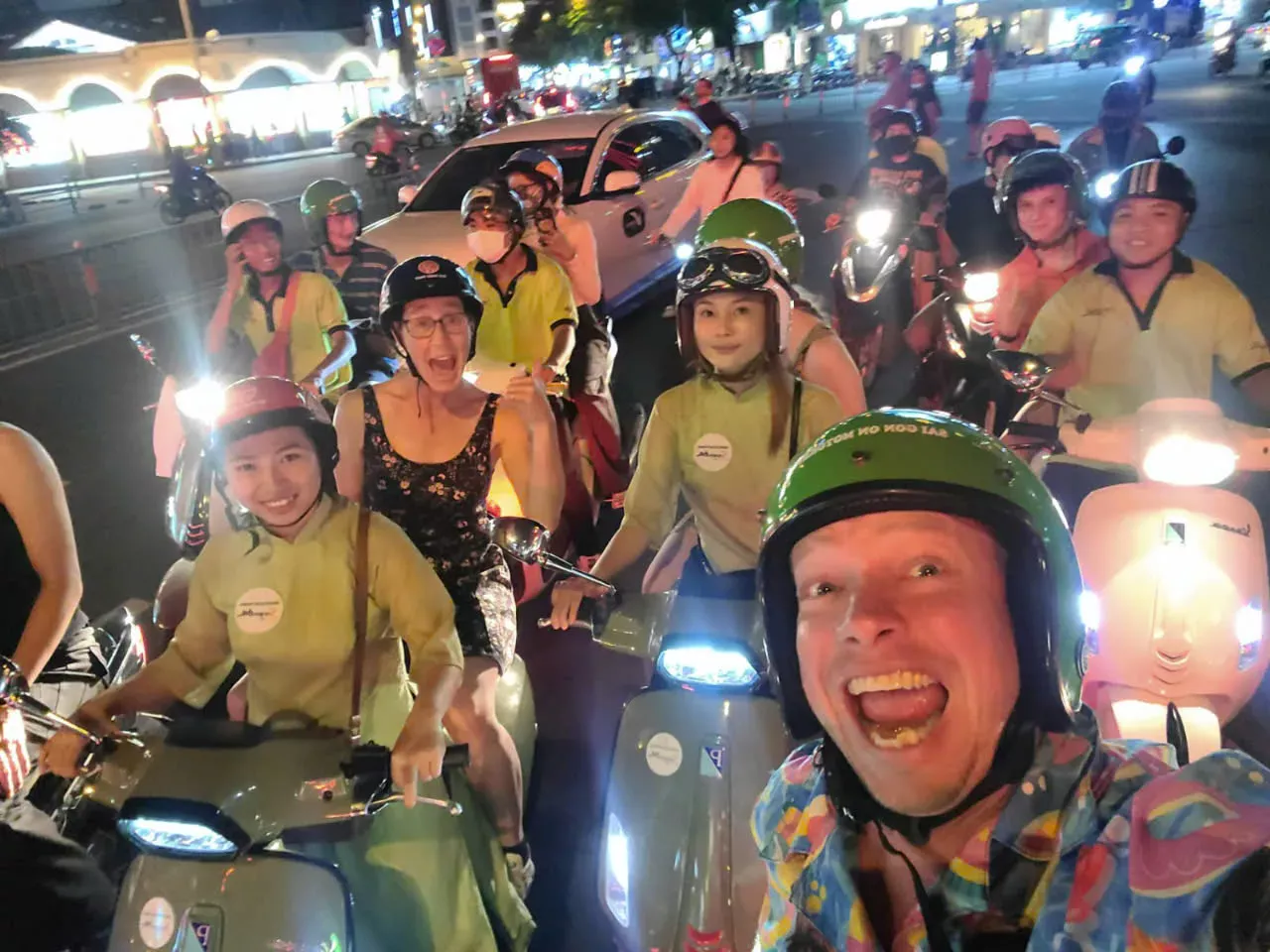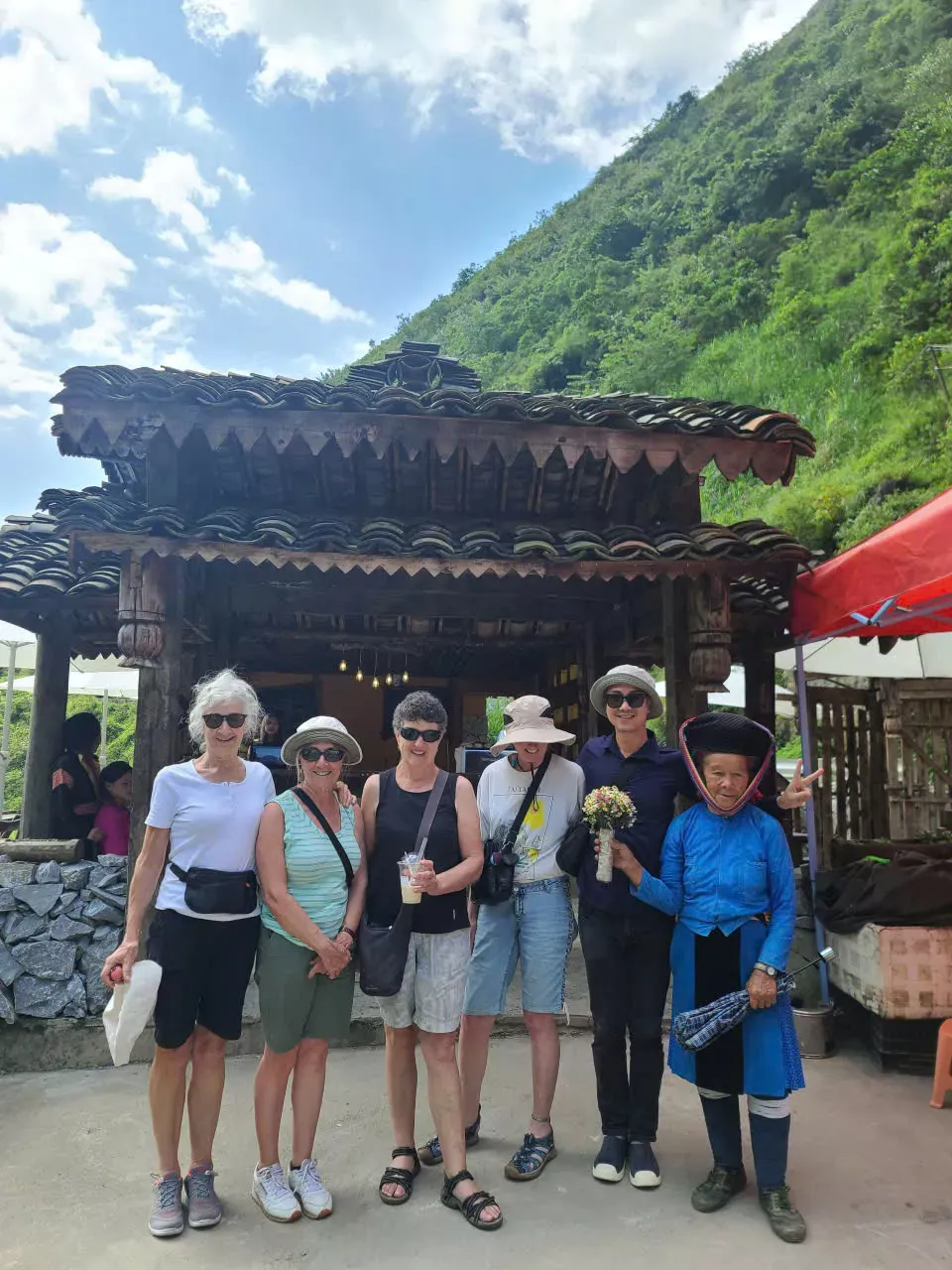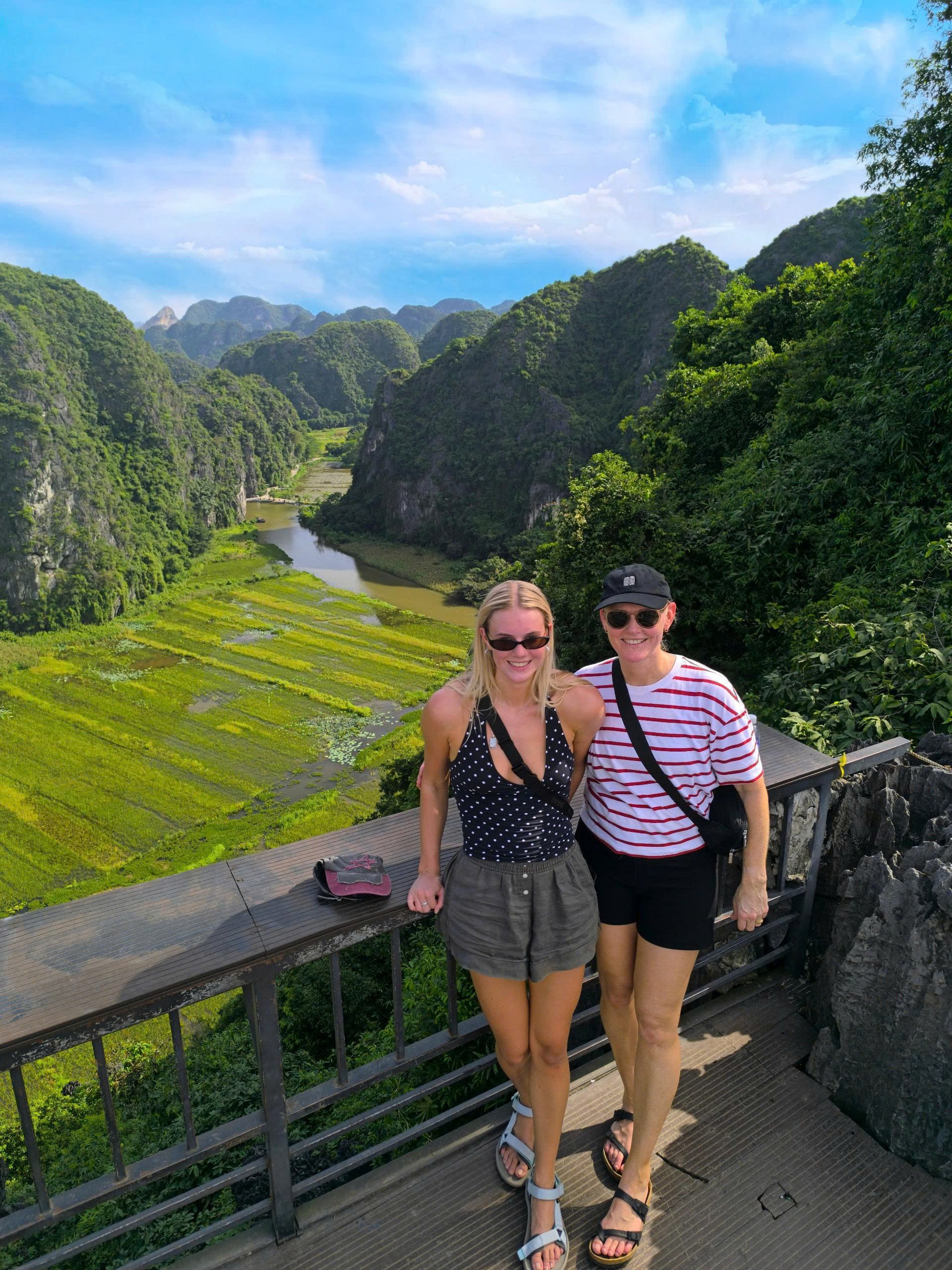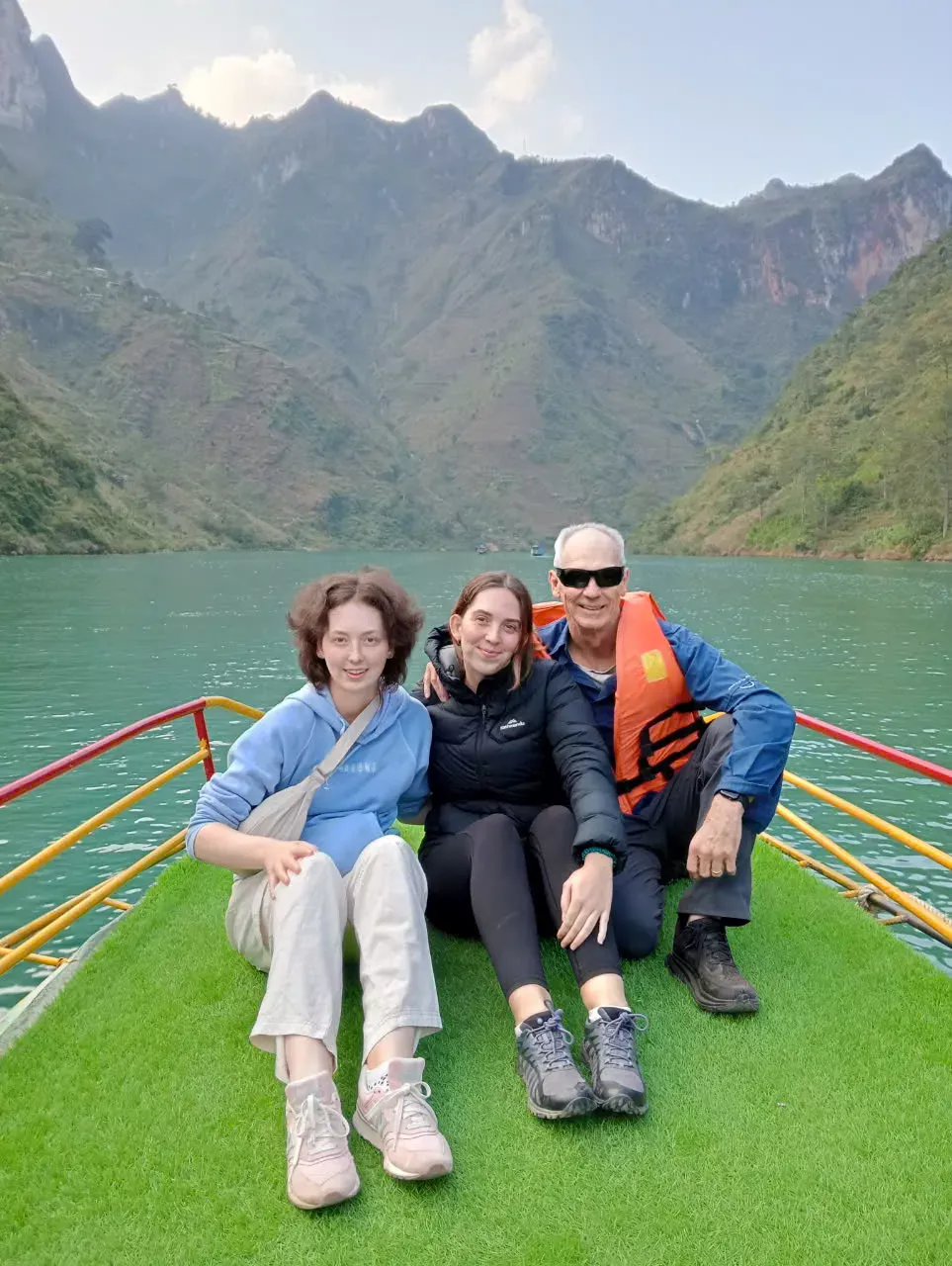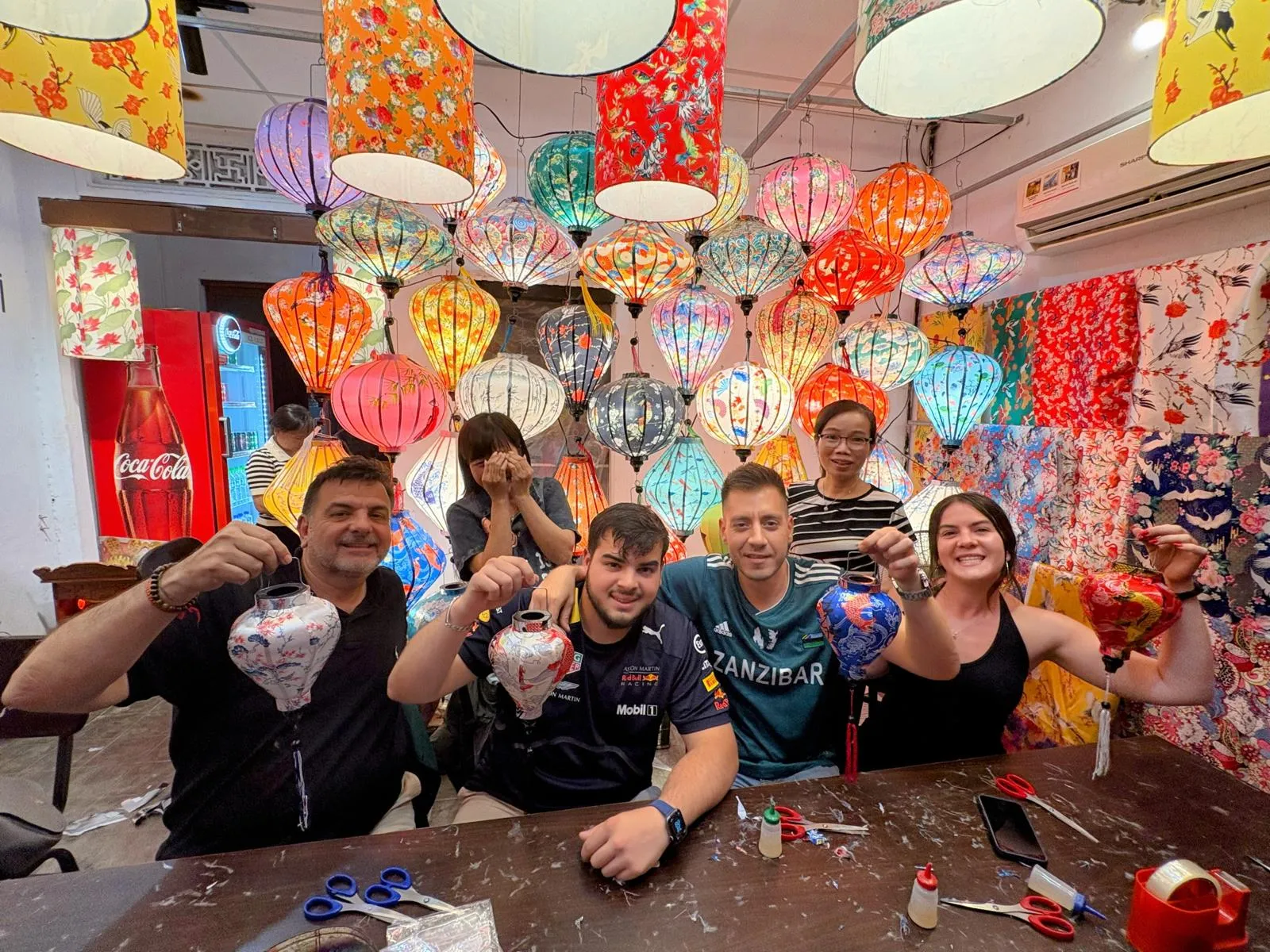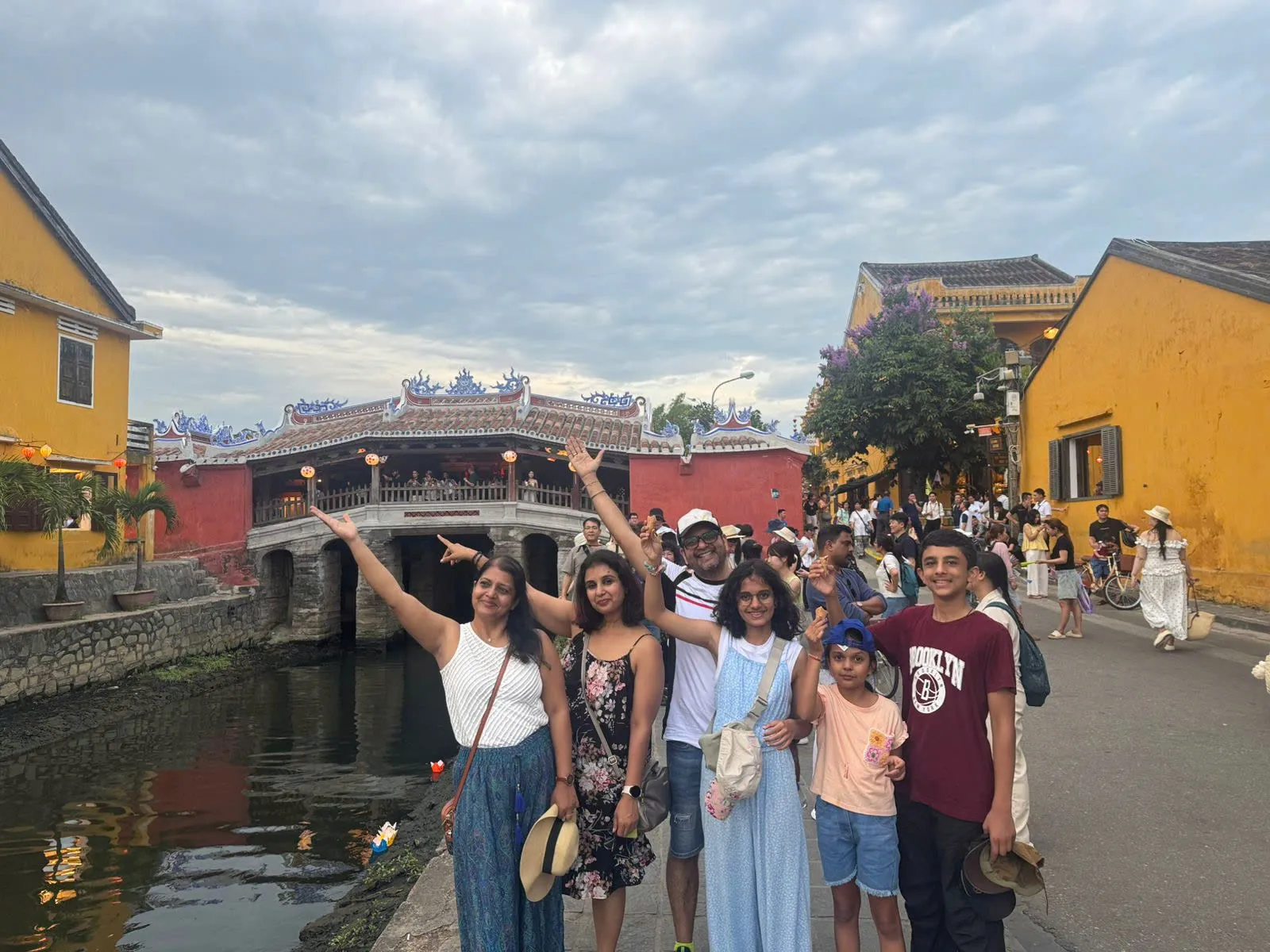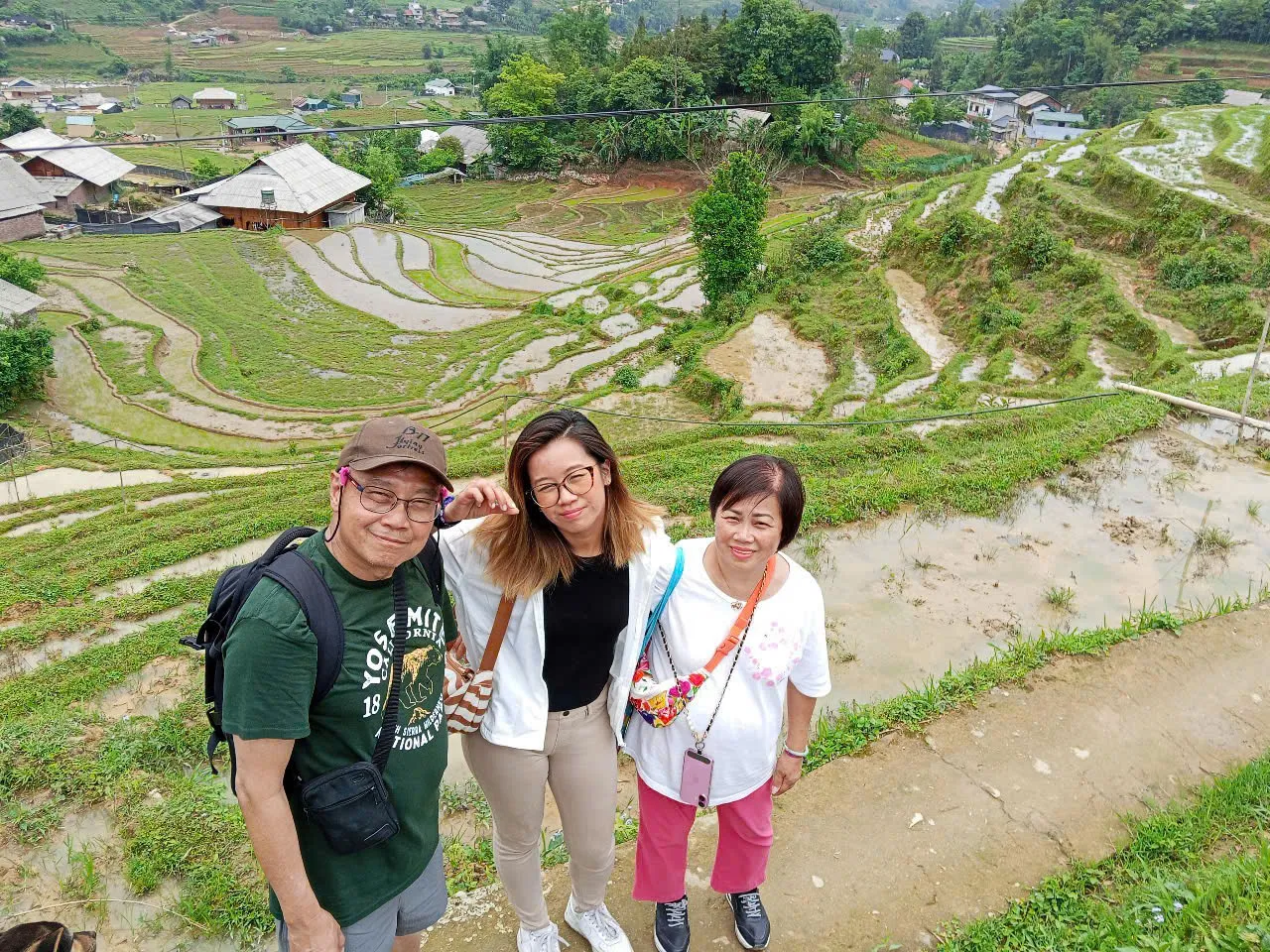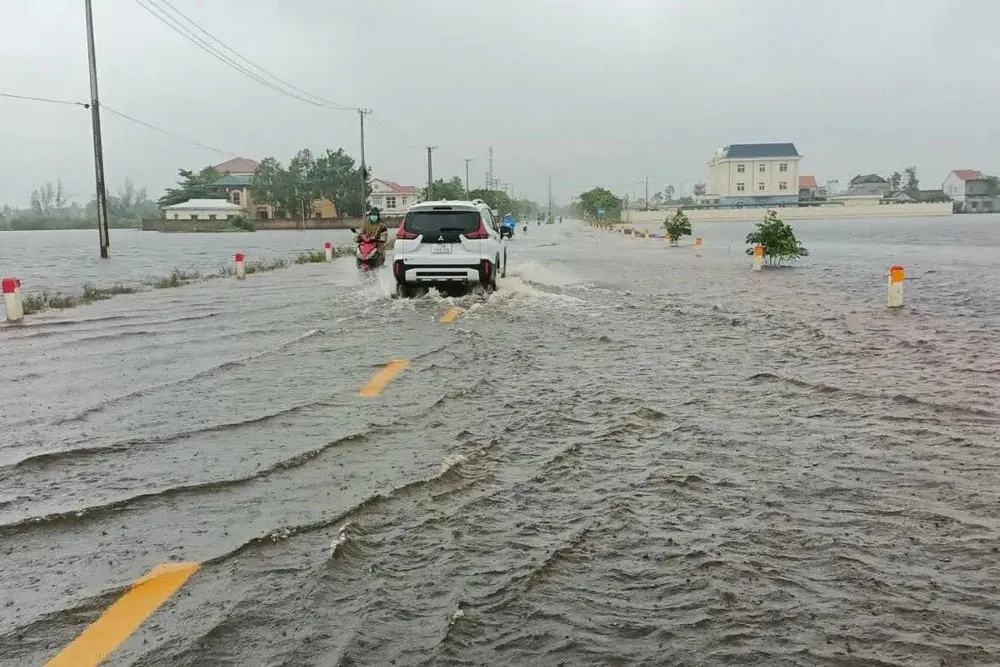
Vietnam’s diverse climate – Why timing matters
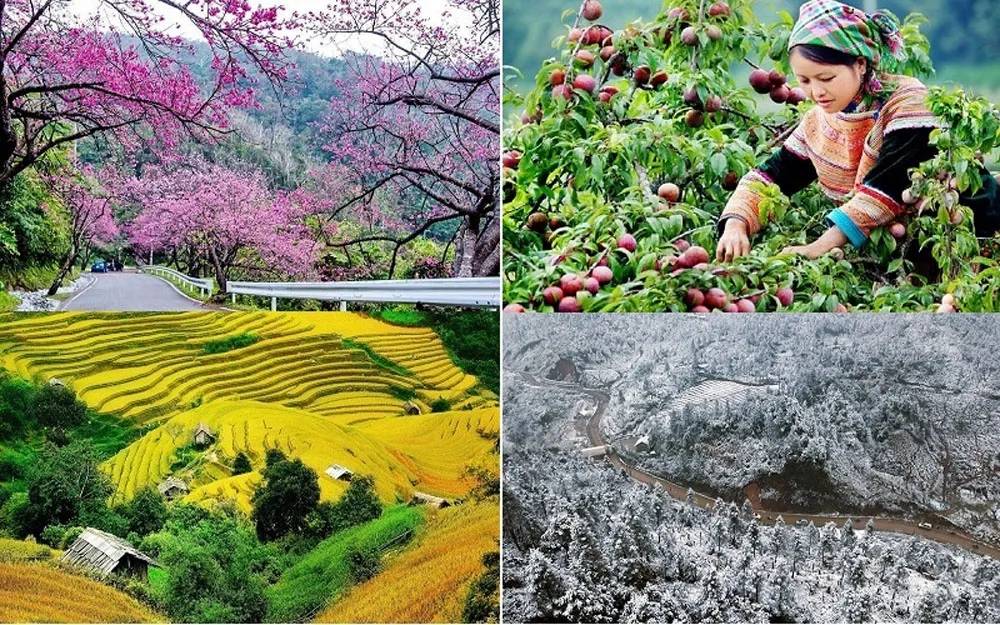
Vietnam has three major climate zones, each with its own rhythm:
-
Northern Vietnam (Hanoi, Sapa, Ha Giang): Four distinct seasons. Winters are cool and foggy (Dec–Feb), summers hot and humid (May–Aug).
-
Central Vietnam (Hue, Da Nang, Hoi An, Nha Trang): Experiences dry months from Feb–Aug and heavy rains or typhoons from Sept–Dec.
-
Southern Vietnam (Ho Chi Minh City, Mekong Delta, Phu Quoc): A classic tropical climate — warm year-round, but rainy from May–Oct.
The beauty of Vietnam’s diversity is that while one region struggles with bad weather, another might be perfect — but when you’re planning a north-to-south itinerary, timing your route becomes crucial.
Northern Vietnam – Chilly winters & steamy summers
When it’s toughest: May–August and December–February
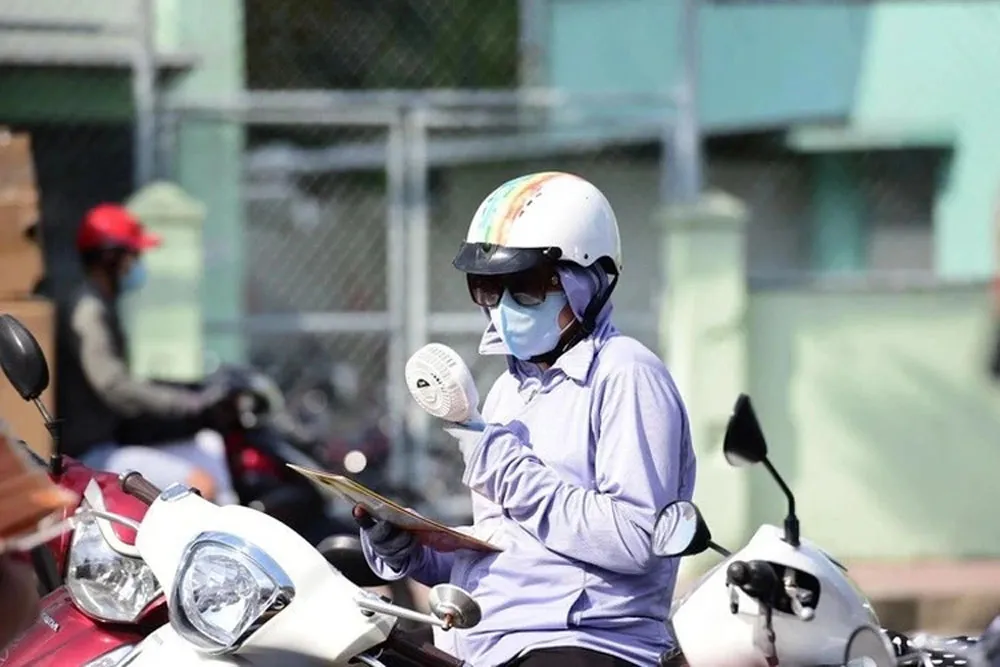
Northern Vietnam offers dramatic contrasts — but also unpredictable extremes.
From May to August, expect scorching temperatures around 35°C (95°F), high humidity, and sudden thunderstorms. In cities like Hanoi, sightseeing can feel sticky and draining, while mountain regions such as Sapa or Ha Giang face slippery trails and occasional landslides after heavy rain.
From December to February, the pendulum swings the other way — misty, cool, and gray. Hanoi’s temperature drops to 10°C (50°F), while Sapa and Ha Giang can dip even lower. Morning fog often hides mountain views, and drizzle makes trekking less pleasant.
What to expect:
-
Poor visibility in mountain regions.
-
Damp cold (especially in rural homestays without heating).
-
Humid air and intense sunlight during the summer months.
Smart travel tips:
-
If you go in summer, plan indoor activities during midday heat — Hanoi’s museums, cafés, or art galleries are perfect.
-
For winter, pack layers, including a fleece or light jacket.
-
For the best scenery, time your visit to March–April (blooming season) or October–November (harvest season).
Central Vietnam – Typhoon season & Flooded streets
When it’s toughest: September–December
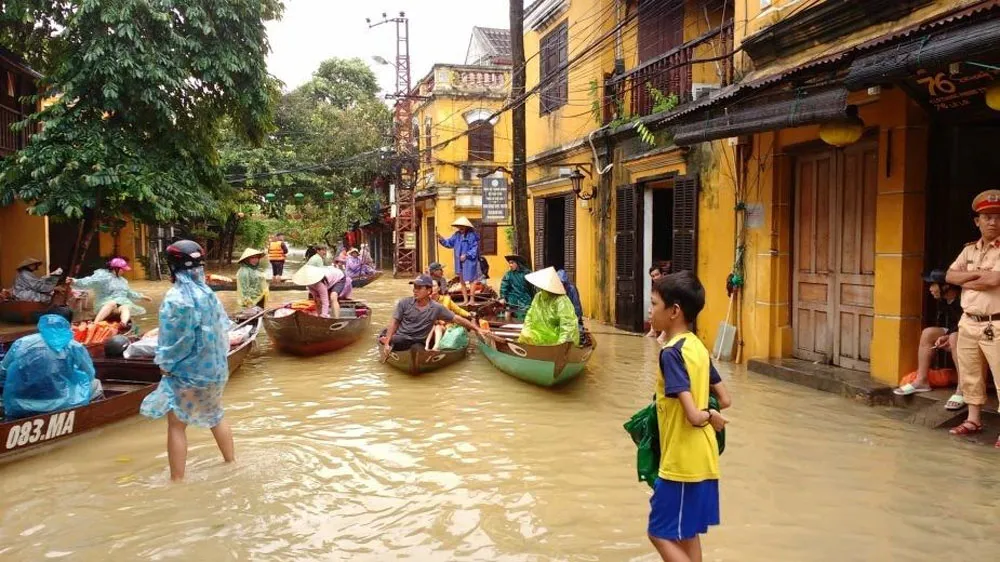
Central Vietnam is stunning but unpredictable during the last months of the year. From September to December, typhoons sweeping in from the East Sea can bring intense rain, strong winds, and flash floods.
Cities like Hue, Da Nang, and Hoi An often experience flooding — in Hoi An’s old town, it’s not uncommon to see locals paddling boats through the streets in October. Roads can close temporarily, and tours may be canceled.
Even when storms don’t hit directly, the skies are gray, humidity is high, and beach activities are limited.
What to expect:
-
Unreliable sunshine and frequent rain showers.
-
Disrupted transport schedules (especially domestic flights).
-
Occasional power cuts or flooding in coastal towns.
Smart travel tips:
-
Bring waterproof shoes and light rain gear.
-
Check weather forecasts before traveling between Hue and Hoi An — the Hai Van Pass may close during heavy rain.
-
Visit cultural attractions that remain open regardless of weather: Hue’s citadel, Da Nang’s Cham Museum, and Hoi An’s art workshops.
-
If possible, plan your trip between February and May when the coast is sunny and dry.
Southern Vietnam – Monsoon rains & flooding
When it’s toughest: May–October
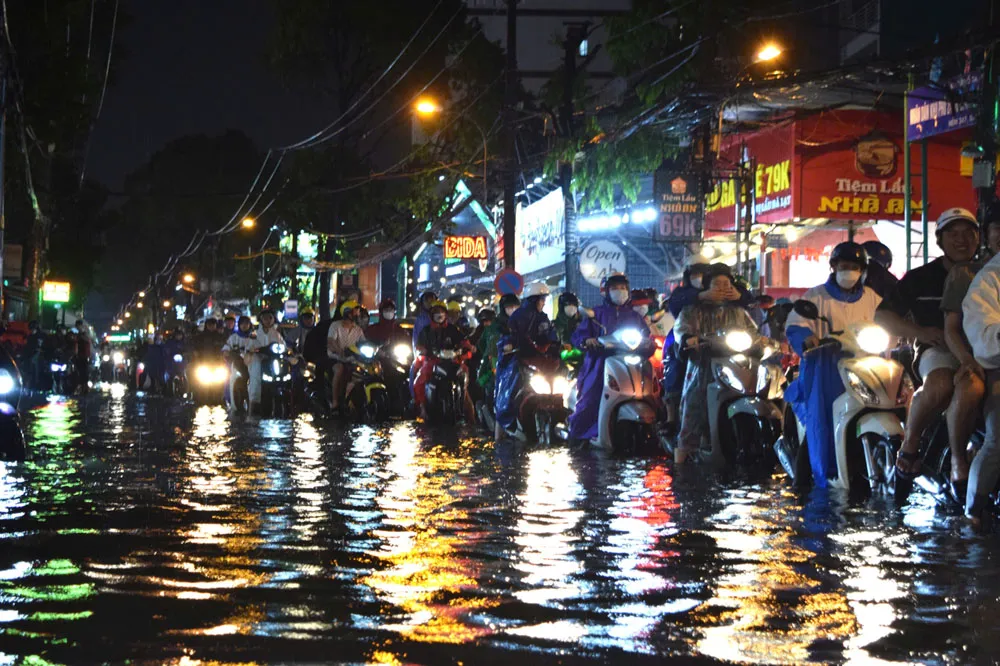
In southern Vietnam, the rainy season dominates from May to October, especially in Ho Chi Minh City, the Mekong Delta, and Phu Quoc Island.
During these months, expect short but heavy afternoon downpours, high humidity, and the occasional street flood. It doesn’t rain all day, but when it does, it pours. On the coast, rough seas can disrupt boat tours or island-hopping excursions.
Still, the scenery during this time is lush and green — and crowds are fewer, making it appealing for flexible travelers.
What to expect:
-
Daily rain showers, mostly in late afternoons.
-
High humidity (80–90%) and slippery roads in the Delta.
-
Limited beach activities during stormy spells.
Smart travel tips:
-
Schedule outdoor activities in the morning and carry a rain poncho.
-
Choose hotels with indoor amenities like pools, spas, or gyms.
-
Avoid booking same-day connecting flights after island visits — weather delays are possible.
-
For sunshine and calm seas, aim for December to April.
National Holidays & Peak Crowds – When It’s Busy and Expensive
Bad weather isn’t the only challenge — national holidays and local vacation seasons can make even perfect-weather months tricky.
Tet (Lunar New Year) – Late January or February
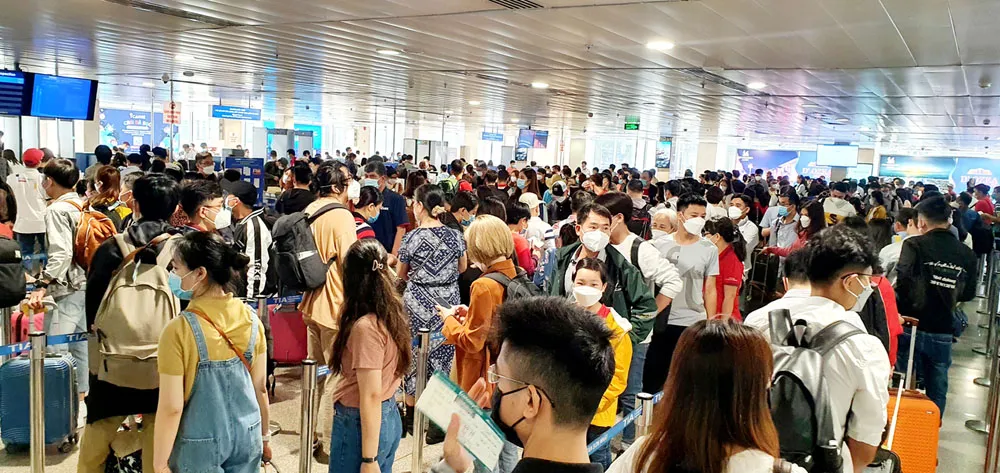
Tet is Vietnam’s most important holiday, celebrated nationwide. Streets burst with color and flower markets, but most businesses close for up to a week. Trains, flights, and hotels are packed, and prices surge.
Tip: Avoid intercity travel during Tet unless you’ve booked in advance. If you stay in big cities like Hanoi or Ho Chi Minh City, use the quiet streets to your advantage for sightseeing.
Reunification day & Labor day – April 30 & May 1
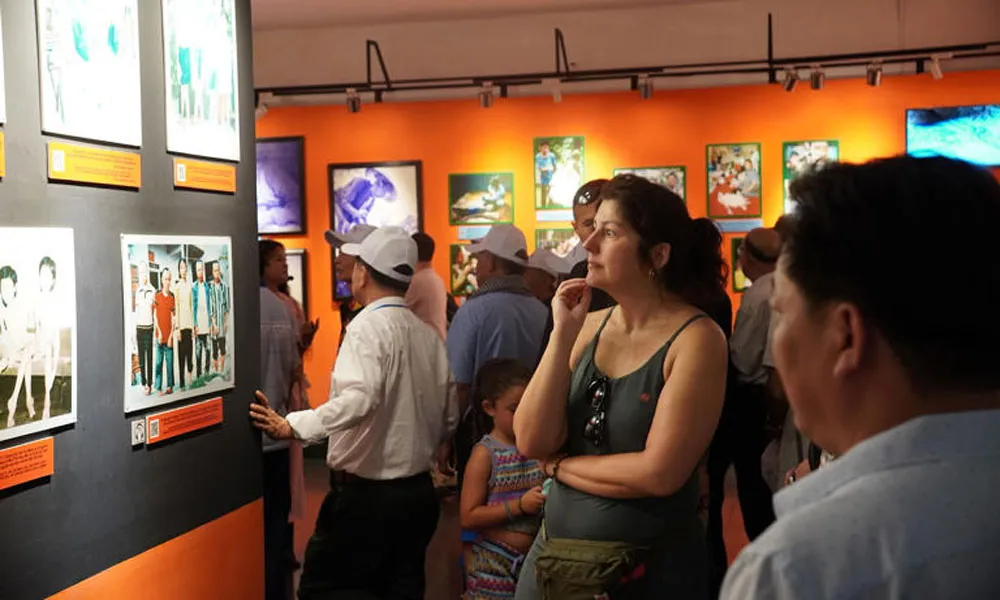
These back-to-back holidays mark a national travel boom. Expect crowded beaches in Da Nang, Nha Trang, and Phu Quoc, and significantly higher accommodation costs.
Summer school holidays – June to August
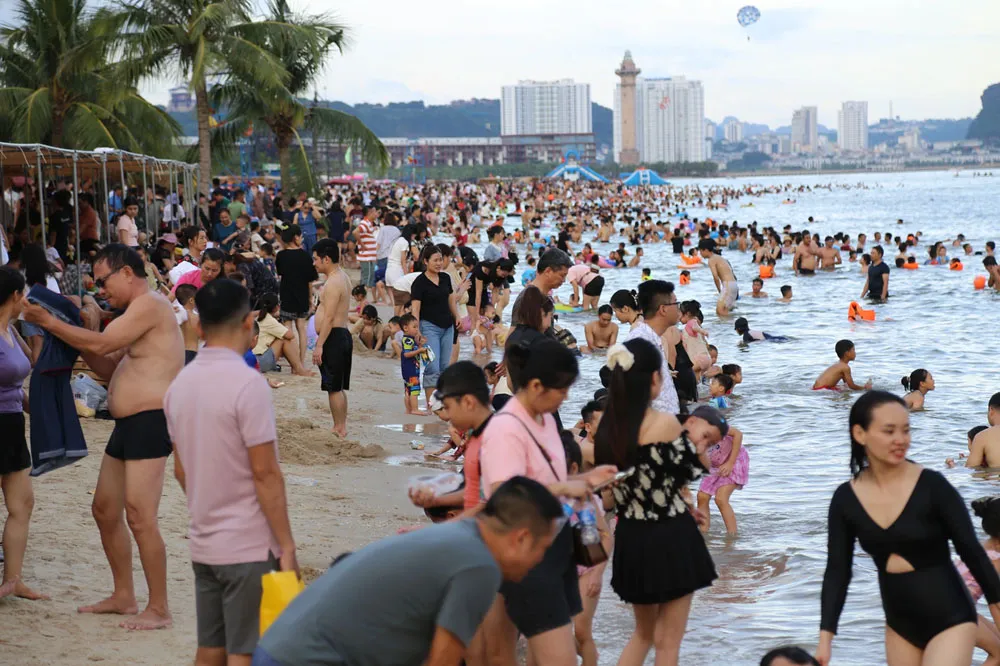
Domestic tourism peaks as Vietnamese families travel to coastal resorts. Hotels in Da Nang, Hoi An, and Nha Trang fill up fast, and quieter experiences can be hard to find.
Smart travel tips:
-
If you must travel during these holidays, book early and avoid weekend check-ins.
-
Explore lesser-known destinations like Quy Nhon, Con Dao, Pu Luong, or Bac Son Valley for peace and better prices.
Month-by-month challenges across Vietnam
| Month |
Challenges |
Affected Regions |
| January–February |
Cool, misty north; Tet crowds and closures |
North & nationwide |
| March–April |
Pleasant overall, but high pollen and haze |
Mostly fine countrywide |
| May–August |
Peak heat in the north, monsoon in the south |
North & south |
| September–November |
Typhoon season; occasional floods |
Central Vietnam |
| December |
Cold north; lingering rain in central regions |
North & central |
Note: If you’re planning a north-to-south route, try to avoid October–November, when central storms overlap with southern rains — it’s the hardest time to travel the full length of the country comfortably.
Travel-smart strategies for Vietnam’s challenging months

-
Follow the local forecast daily. Weather can change quickly, especially during the monsoon. Apps like Windy or AccuWeather are helpful.
-
Plan flexible itineraries. Add one or two buffer days to account for delays or rainy days.
-
Prioritize regional strengths. If central Vietnam floods, head north for mountain treks or south for city experiences.
-
Pack strategically. Lightweight, quick-dry clothing, a compact umbrella, and waterproof sandals make a big difference.
-
Embrace the off-season perks. Fewer tourists mean cheaper hotels, quieter attractions, and more authentic encounters.
-
Always have travel insurance. Weather-related cancellations or lost bookings are rare, but better safe than sorry.
Conclusion
There’s truly no bad time to experience Vietnam — but understanding the worst time to visit Vietnam helps you travel confidently and comfortably. Whether it’s torrential rains in the central coast, foggy days in the north, or humidity in the south, being prepared means you can still enjoy the country’s charm without surprises.
With smart timing, flexibility, and the right packing list, even the “worst” months can turn into incredible adventures filled with local flavor, lush landscapes, and quieter moments away from crowds.
For a balanced view, check out our full guide on the Best time to Visit Vietnam — your essential companion for planning the perfect trip from north to south.
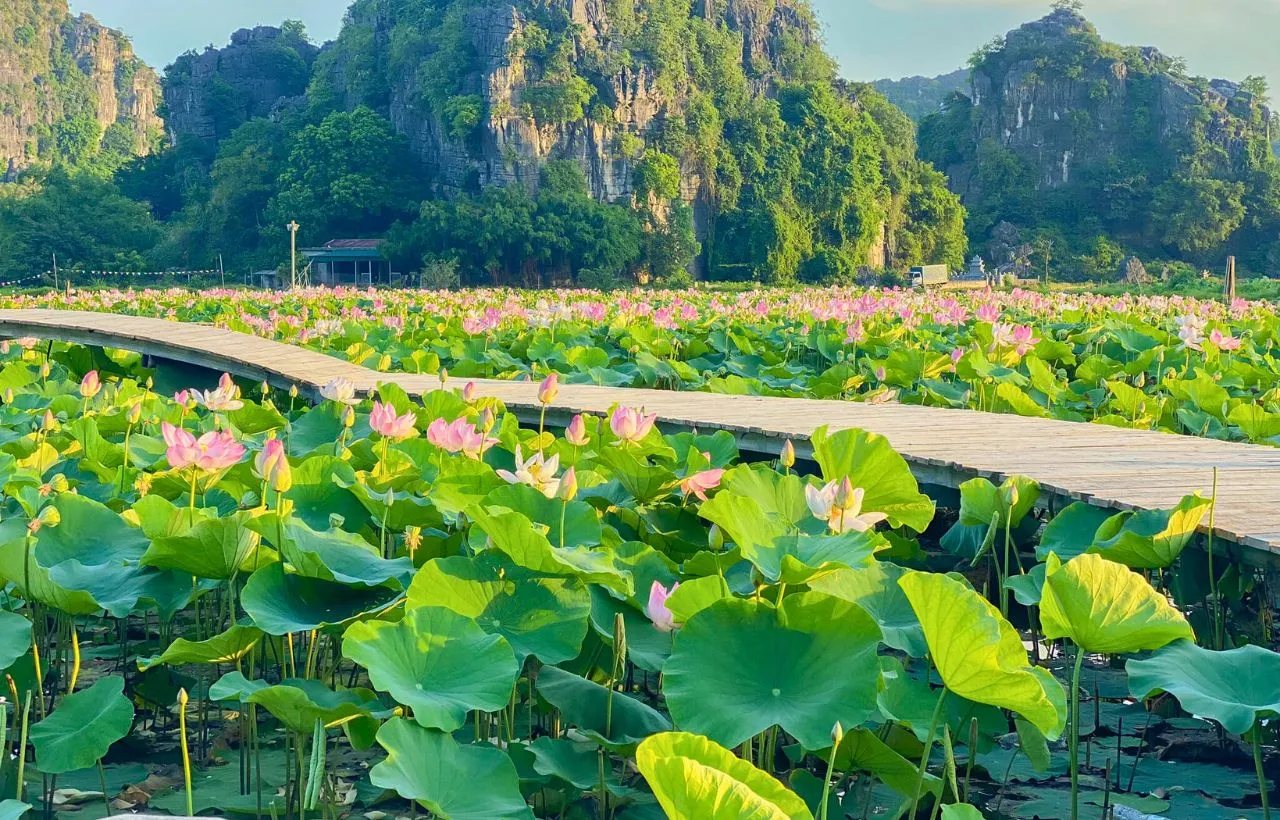
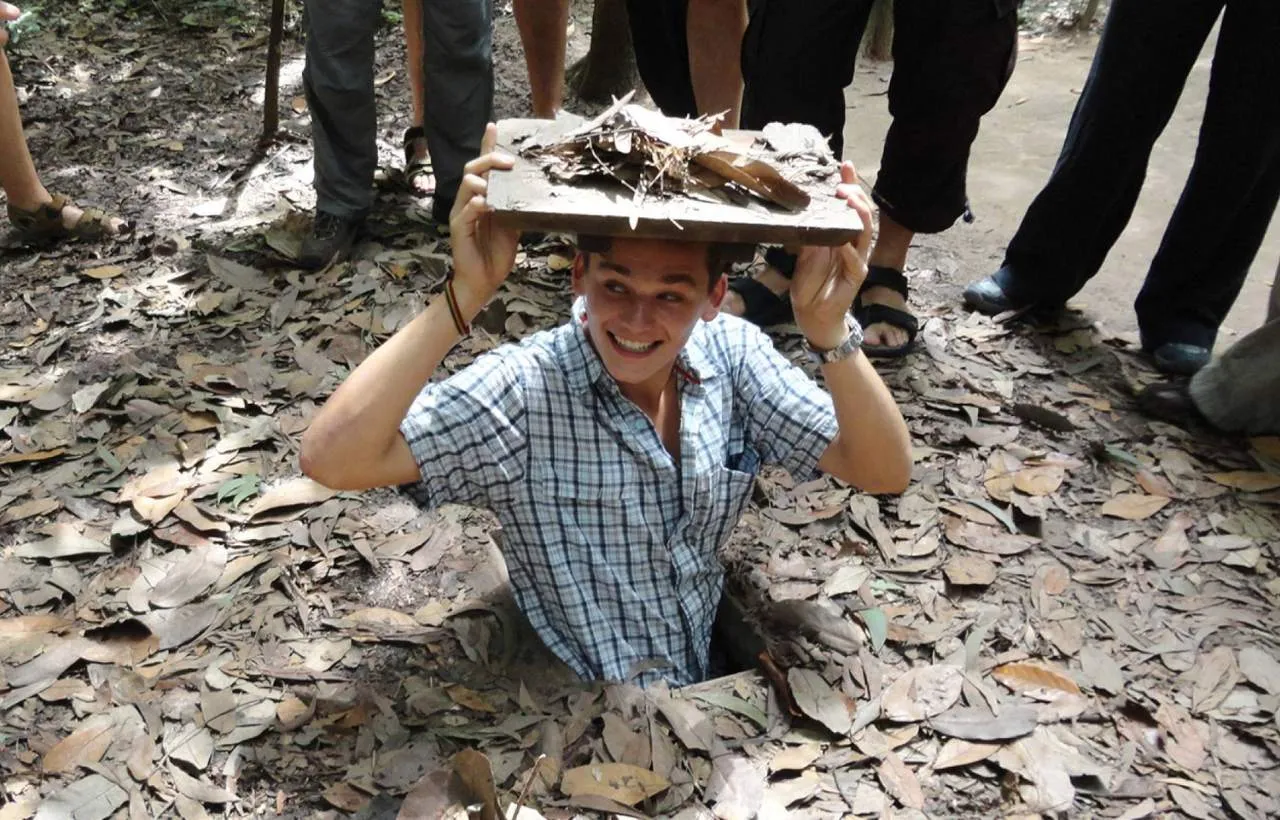
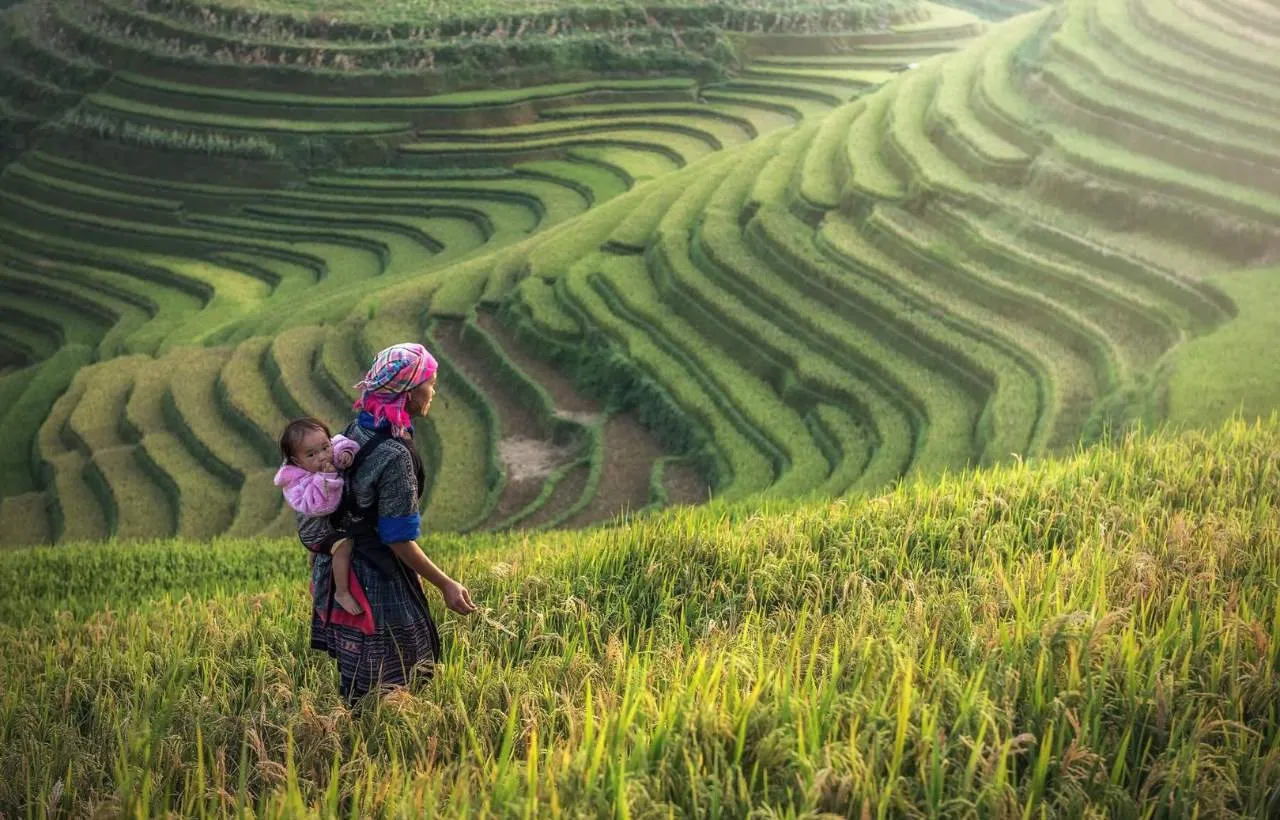
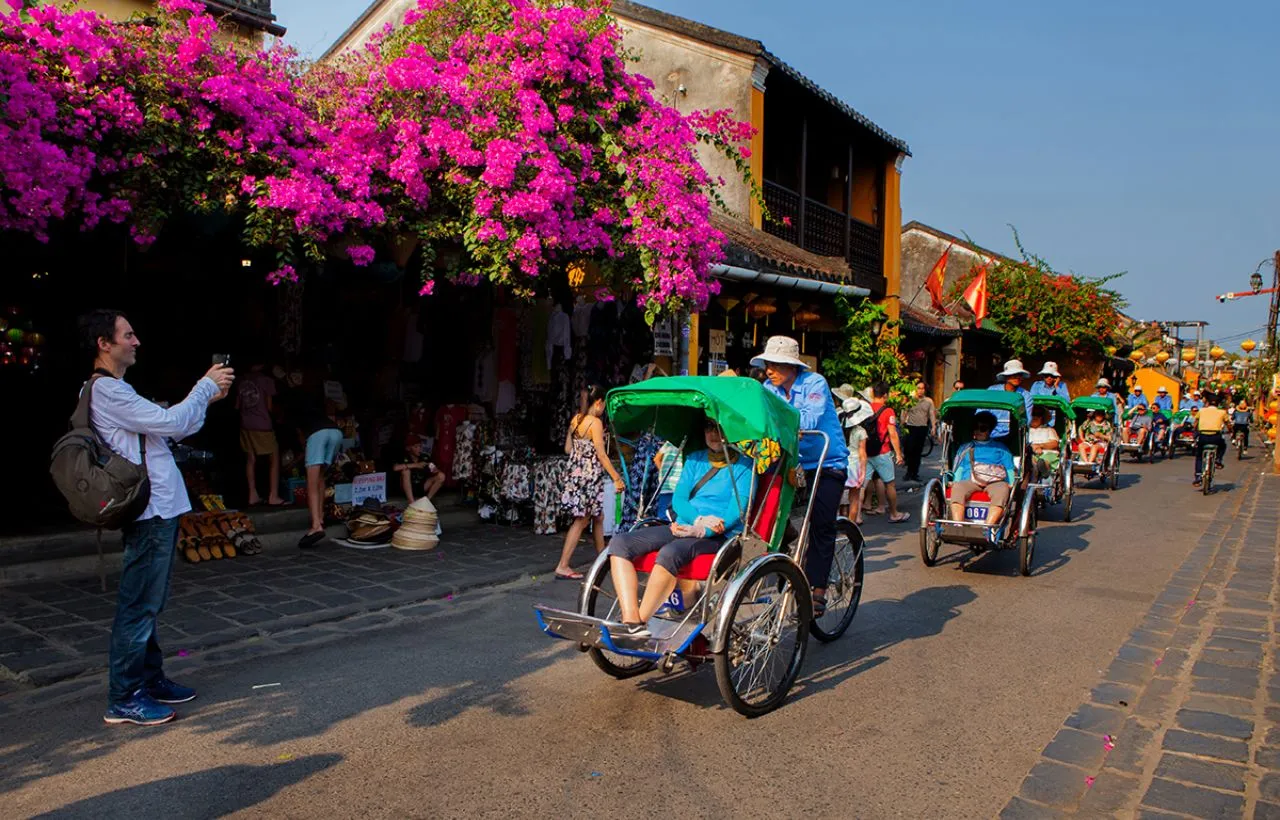
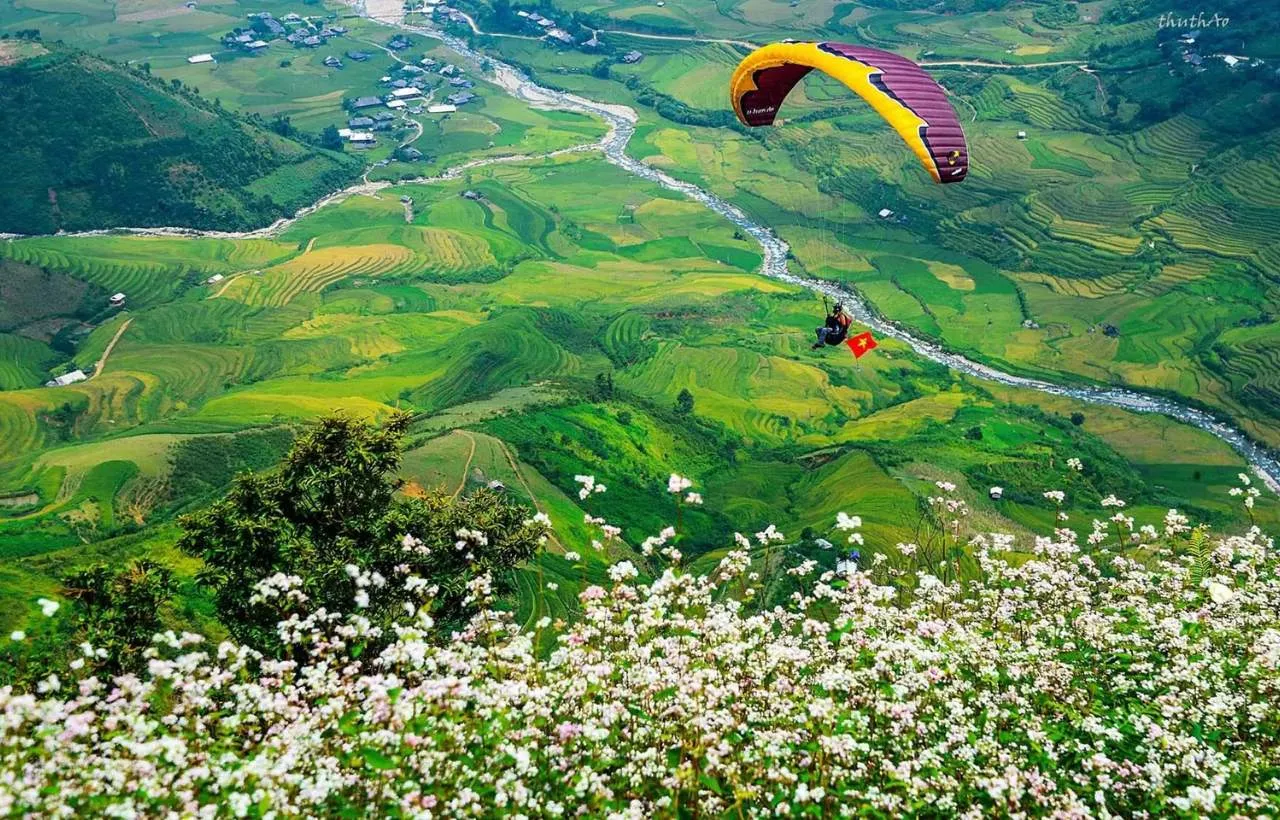
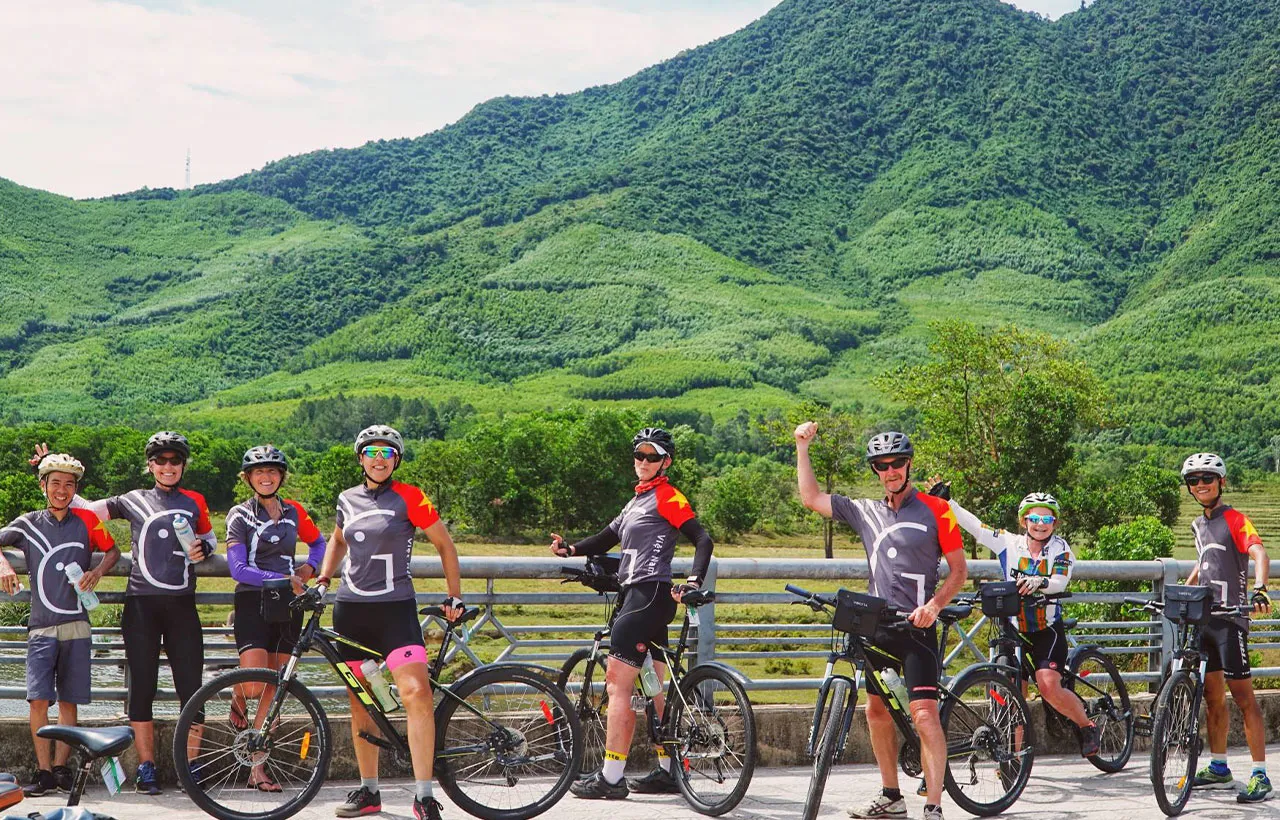

















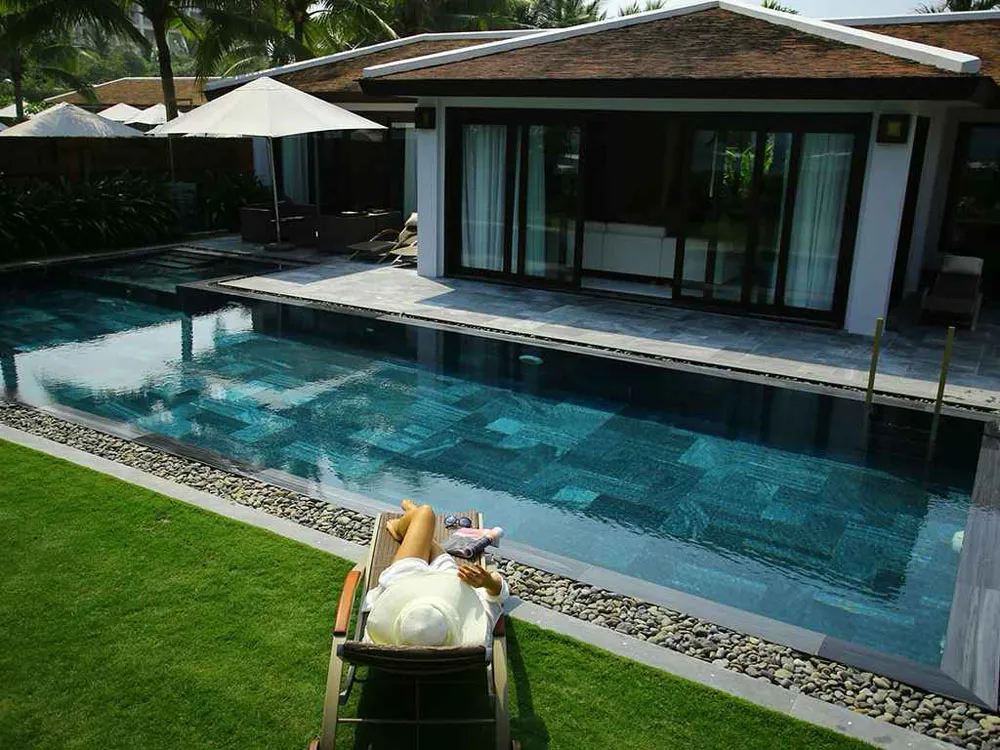


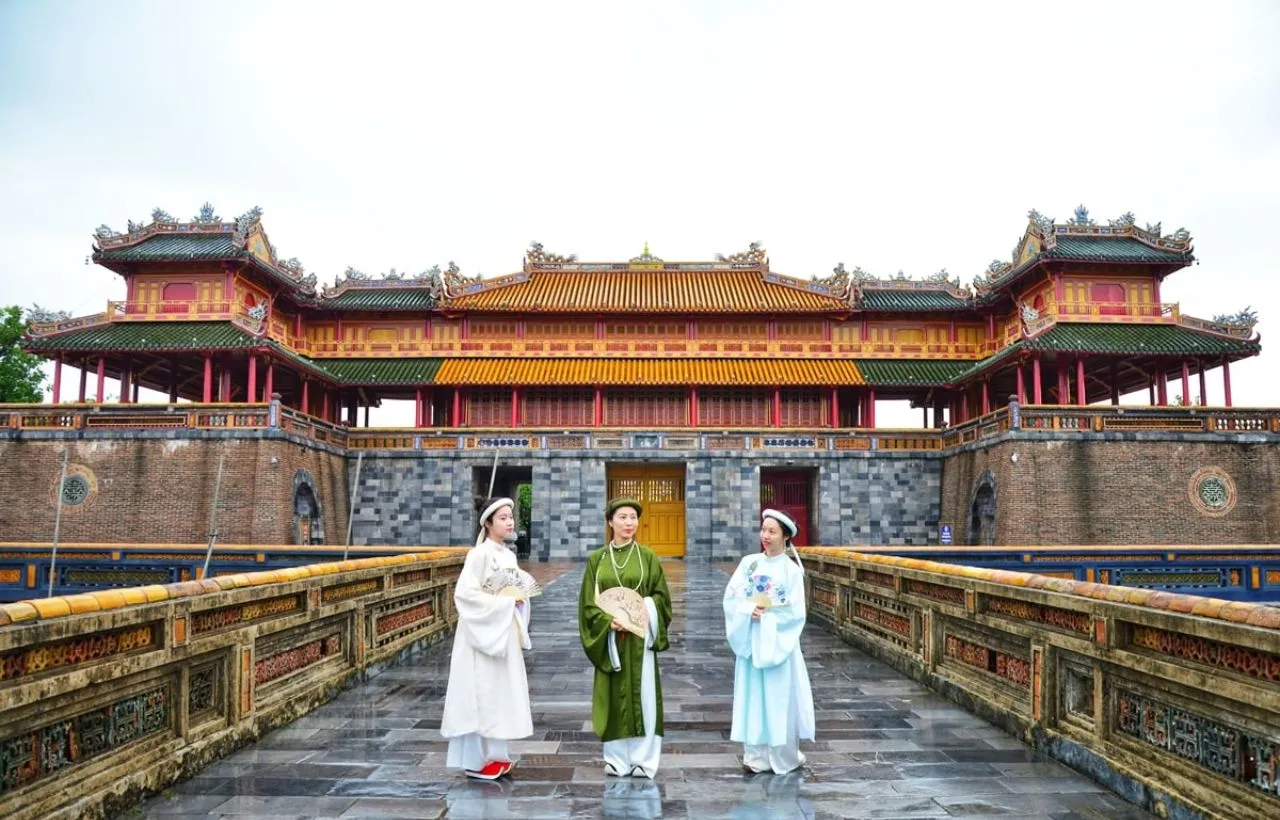
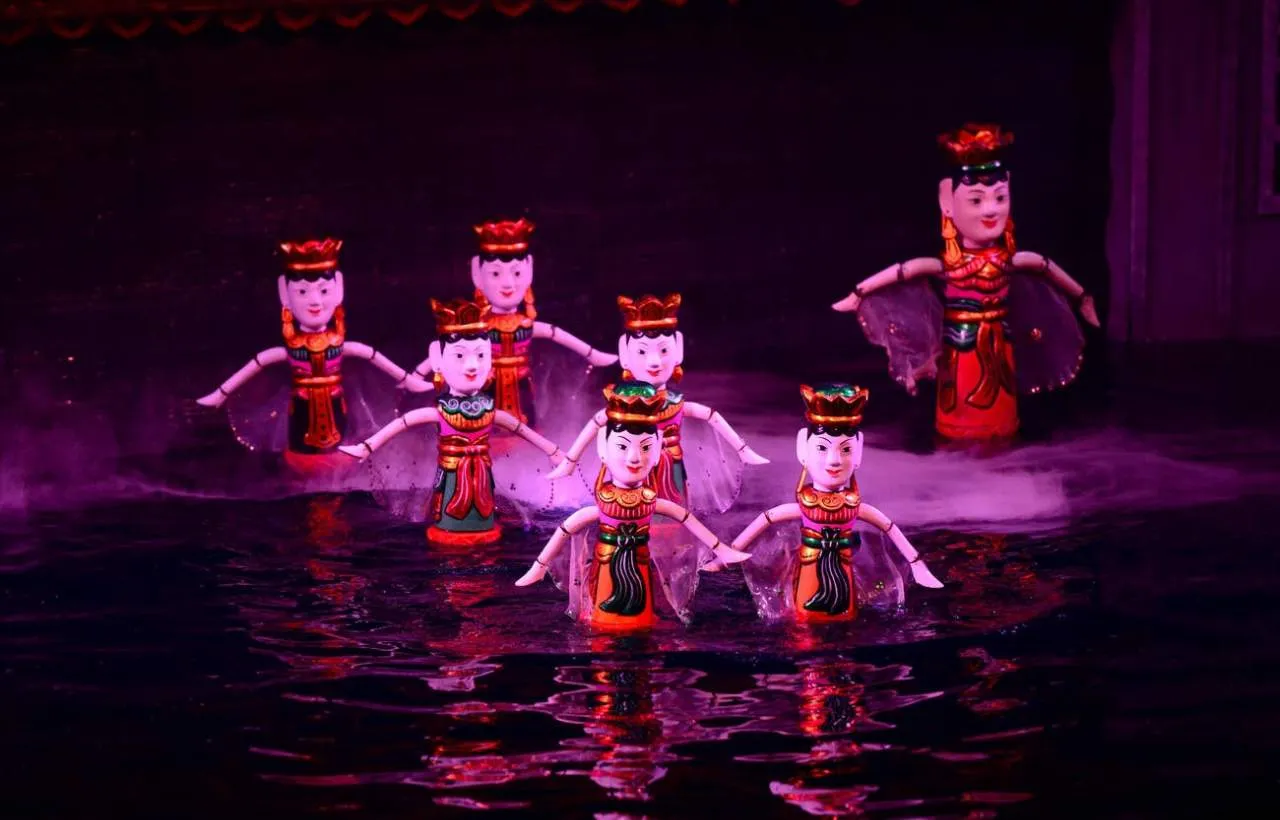
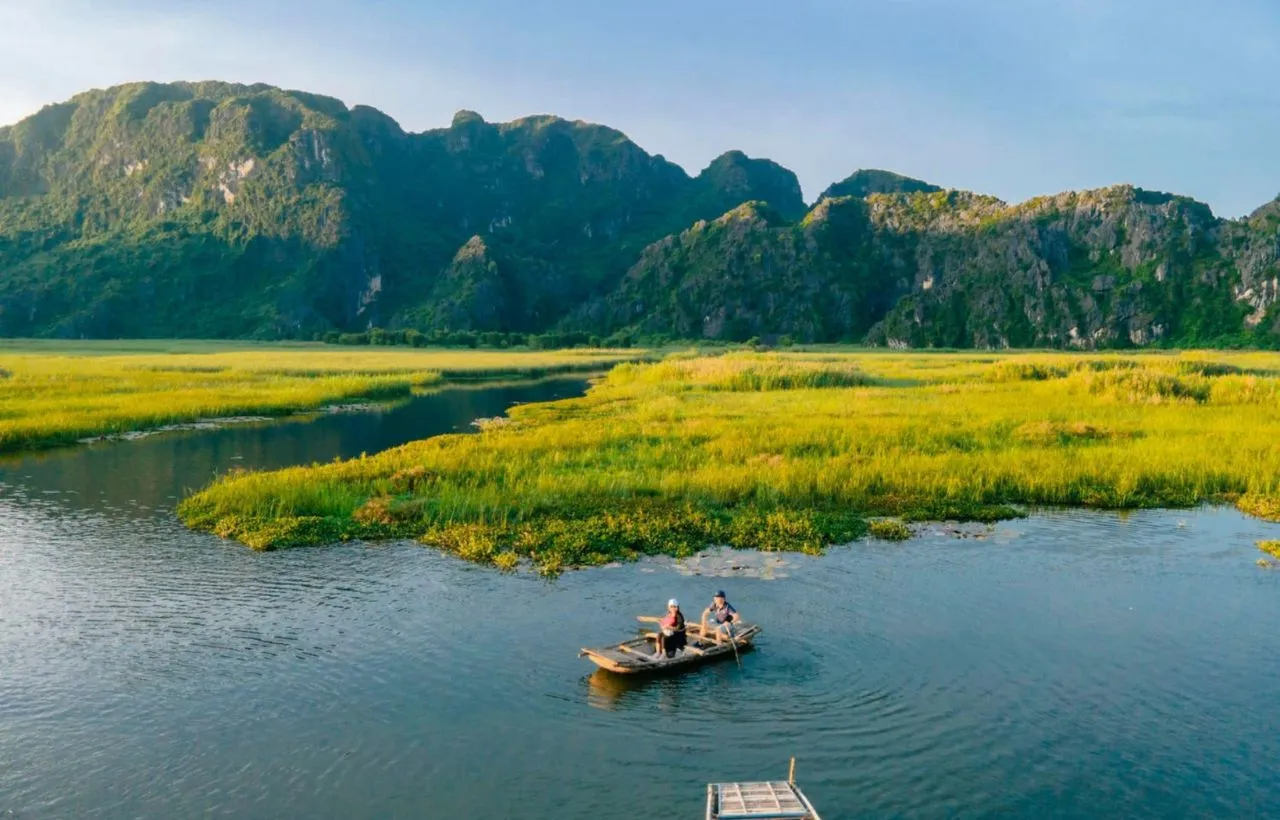
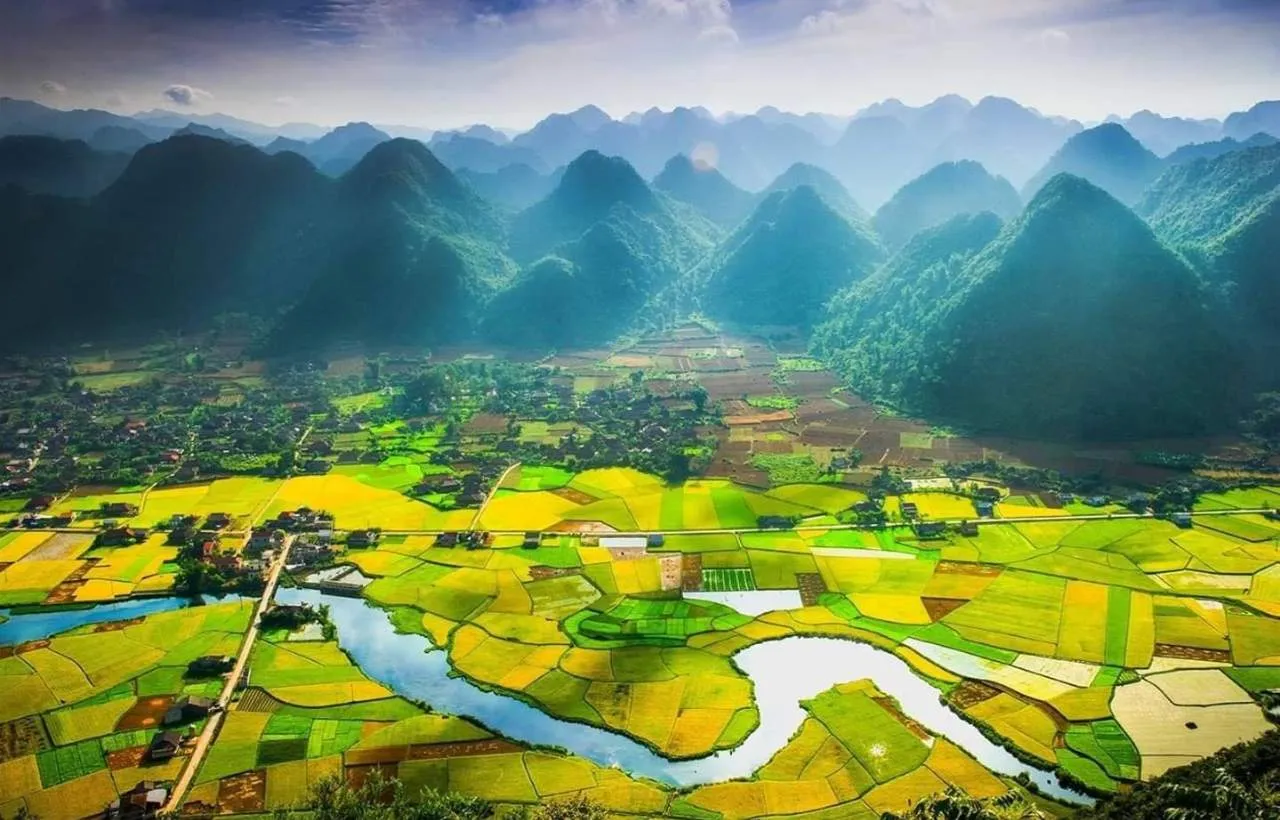

 View trip map
View trip map
